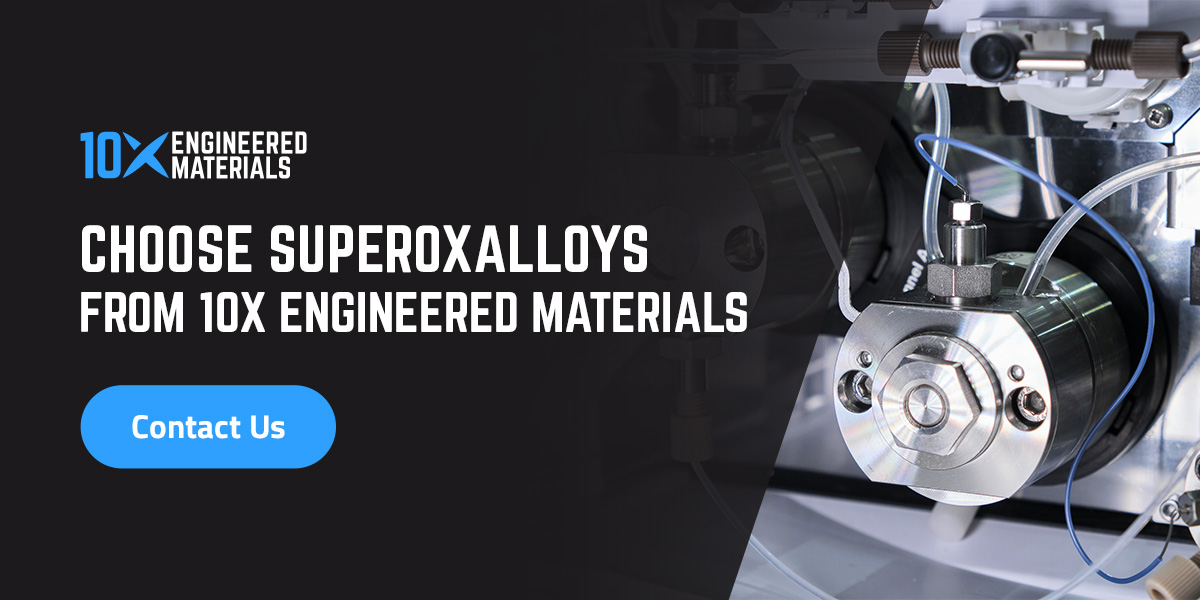What Blasting Grit to Use for Medical Devices
Medical devices can be cleaned and repaired using abrasive blast media. During this process, small grit particles are used to scour the devices. This process is called microblasting.
Microblasting is a method often used on small medical devices like bone screws, dental implants and nitinol stents. These tools are often blasted to smooth the texture of the surface or remove burrs.
There are a variety of blast media that professionals use to clean medical devices, and they each have their strengths and weaknesses. Keep reading to learn why superoxalloy abrasives are the best all-around choice.
Blast Media Options for Medical Devices
For microblasting medical devices, professionals often use either calcium phosphate or sodium bicarbonate, also known as baking soda. Compared to alternatives like aluminum oxide or garnet, these methods are both significantly more gentle.
Softer blast media are made up of small grains and are less aggressive on the surface, making them less likely to cause any warping or uneven texture. Due to their softness, they also take a bit longer to accomplish the job — so they’re not always the most efficient option.
Why Superoxalloy Abrasives Are the Best Option
Another kind of abrasive, superoxalloys, offers a better option for medical microblasting. Superoxalloys have been formulated so that they don’t leave marks or embedded material on project surfaces. While they are a tough abrasive, they also work well at lower PSI to reduce pressure on softer projects.
Because of their structure, superoxalloys don’t break down as quickly. This means that they can be reused many times for different kinds of projects — those requiring soft and harsh abrasives. With superoxalloys, the blasting process is more effective and efficient.
Choose Superoxalloys From 10X Engineered Materials
At 10X Engineered Materials, we’ve developed three lines of superoxalloy abrasives — EpiX, DynamiX, and KinetiX. All of these abrasive materials are effective for many different types of blast projects, EpiX is best for cleaning medical devices.
These products are safe. The World Health Organization (WHO) International Agency for Research on Cancer (IARC) Agency reviewed decades of animal and human studies of long-term exposure to high air concentrations of mineral wool dust. The 2002 IARC Monograph (Volume 81) determined that mineral wool dust is bio-soluble in the lungs and is not classifiable as carcinogenic in humans (Group 3). This IARC categorization removed the material from lists of possible carcinogens everywhere in the world., making them safer for employees and the environment. Find out more about these abrasives by filling out our online form or calling 260-253-2278. You can find these blast media at U.S. distributors or order EpiX from our website.


